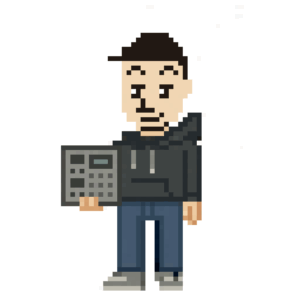The art of beatmaking is a crucial aspect of modern music production. It is the foundation upon which entire songs are built, and it often sets the tone and style of the piece. One key element of successful beatmaking is the application of audio effects, which can significantly alter and enhance the overall sound. However, it’s not just the selection of effects that matters; the order in which they are applied plays a significant role in shaping the final outcome. In this article, we will explore the importance of the order in which effects are applied in beatmaking and discuss various strategies to optimize the process.
To view the content ahead, you need to register as a paid member. Click here to log in.


Leave a Reply